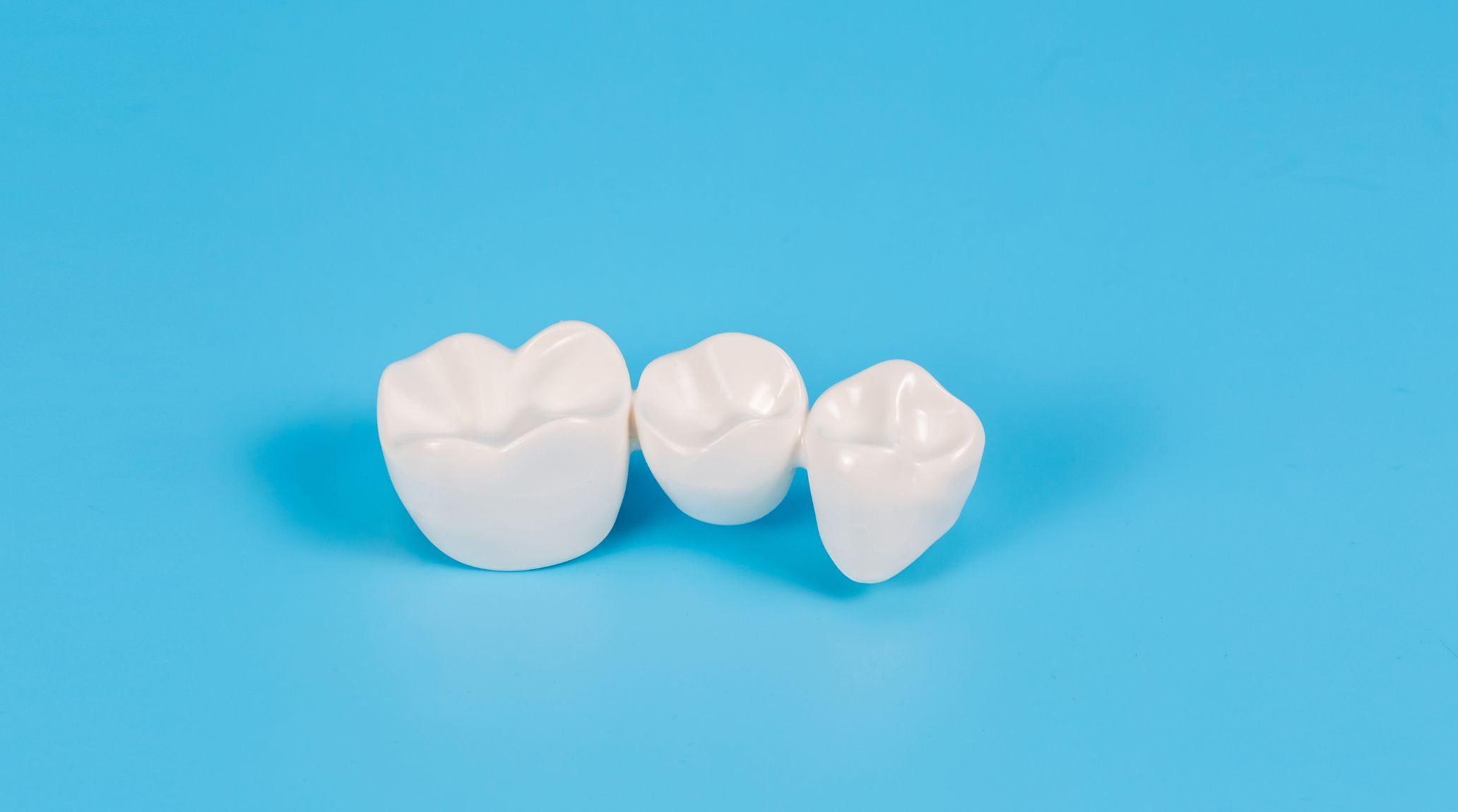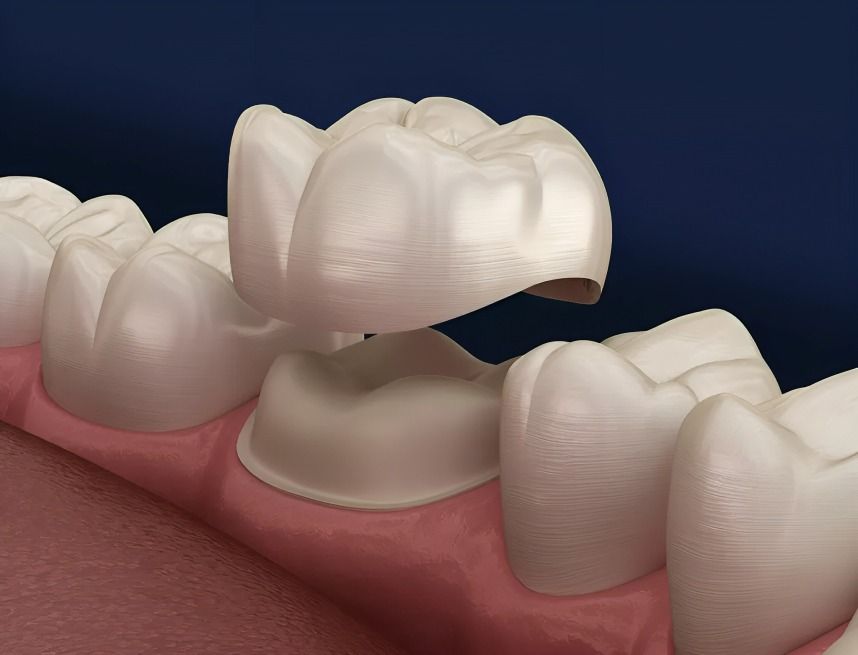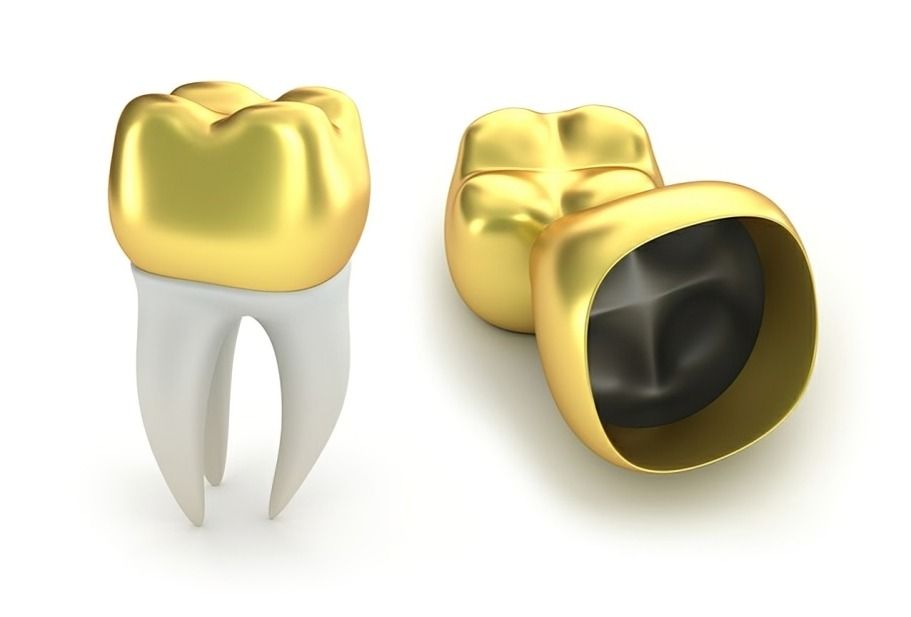
“
Teeth crowns are essential components in dental restoration, designed to protect and enhance damaged or decayed teeth. The structure and composition of tooth crowns are carefully engineered to mimic the natural shape and function of teeth, offering both strength. These 20 essential facts explain the intricate design of teeth crowns, from the outer layers to the core materials that ensure durability and longevity.1
1
”

A dental crown is a tooth-shaped cap used to restore damaged or weakened teeth. It also covers dental implants and root canal-treated teeth. Made from materials like metal, resin, and porcelain, crowns last 5 to 15 years with proper care.
A dental crown covers the entire tooth, fitting like a snug cap to restore its shape and strength. For an accurate fit, dentists typically remove 1-2 millimeters of enamel before securely bonding the crown in place. This ensures proper alignment and durability.1
Porcelain-fused-to-metal (PFM) crowns provide a combination of durability and a natural appearance, with a shade that can be matched to surrounding teeth. However, drawbacks include potential chipping of the porcelain coating. 2
Stainless steel crowns are commonly used for primary (baby) teeth, fitting over and fully covering the tooth to protect it from decay. These crowns naturally fall out with the primary tooth when it is replaced by a permanent one. 3
A pressed ceramic crown features a hard inner core made of ceramic rather than metal, created by melting and pressing ceramic at high temperatures. Multiple layers of porcelain are then added to this core. 4
The lifespan of a crown depends on material quality, oral hygiene, and bite forces. Regular dental check-ups and proper care can help extend the life of a crown, maintaining both function and appearance. 5
Before placing a crown, the natural tooth must be prepared by removing a portion of its structure. This preparation creates space for the crown to fit properly and ensures a secure attachment. 6
Materials used in crowns, like zirconia and certain ceramics, are chosen for their biocompatibility. They do not react adversely with the body, reducing the risk of allergic reactions or inflammation. 7
The thickness of a crown can vary depending on the material and location. Porcelain crowns may be thinner compared to metal crowns, while still providing adequate strength and aesthetics. 8

The base material of crowns can influence their longevity. For example, gold crowns are known for their exceptional wear resistance and biocompatibility, making them ideal for patients with metal sensitivities.
Crowns can be designed for different functions—metal crowns for durability in high-pressure areas and porcelain crowns for aesthetic purposes in visible areas. This adaptability makes them suitable for various dental needs. 9
Crowns can be custom-colored to match adjacent teeth. This customization involves blending shades and translucencies to ensure the crown integrates well with the natural tooth color and surrounding teeth. 10
In crowns with a veneer layer, a thin layer of porcelain or ceramic is applied over the core. This veneer enhances the appearance of the crown, making it look more like a natural tooth. 11
Zirconia crowns are made from zirconium dioxide, a highly durable material. They are known for their exceptional strength and are often used as an alternative to metal crowns due to their tooth-like appearance. 12
Pressed ceramic crowns have a dense, hard ceramic core formed by pressing molten ceramic. This process provides a strong, durable core, which is then covered with additional layers of porcelain for aesthetic appeal. 13
These crowns are made entirely of metal and are highly durable. They are often used in the back teeth due to their ability to withstand significant chewing forces and their minimal wear on opposing teeth. 14
The margin of a crown is the edge that meets the natural tooth. A well-sealed margin prevents decay and leakage by creating a tight fit between the crown and the tooth surface, which is essential for long-term success. 15
Metal crowns are typically made from alloys like gold, platinum, or palladium. These metals are chosen for their strength and resistance to wear, making them ideal for high-stress areas like molars. 16
In many crowns, particularly all-ceramic types, porcelain layers are applied to mimic the translucency and color of natural teeth. These layers are meticulously crafted to blend seamlessly with surrounding teeth, enhancing aesthetics.17
Dental crowns often have a core made of metal or ceramic. Metal cores, such as those in PFM crowns, provide strength, while ceramic cores offer aesthetic benefits with a natural look. The core is crucial for the crown’s durability and function.18


